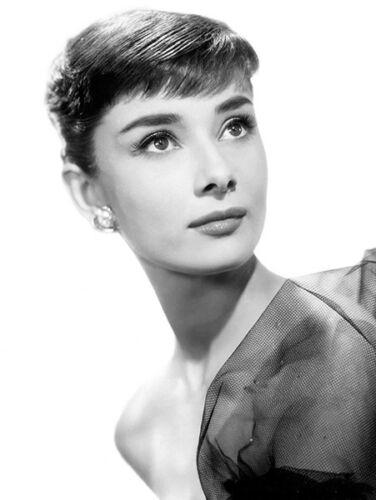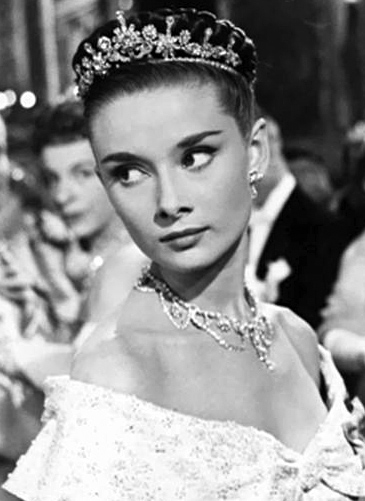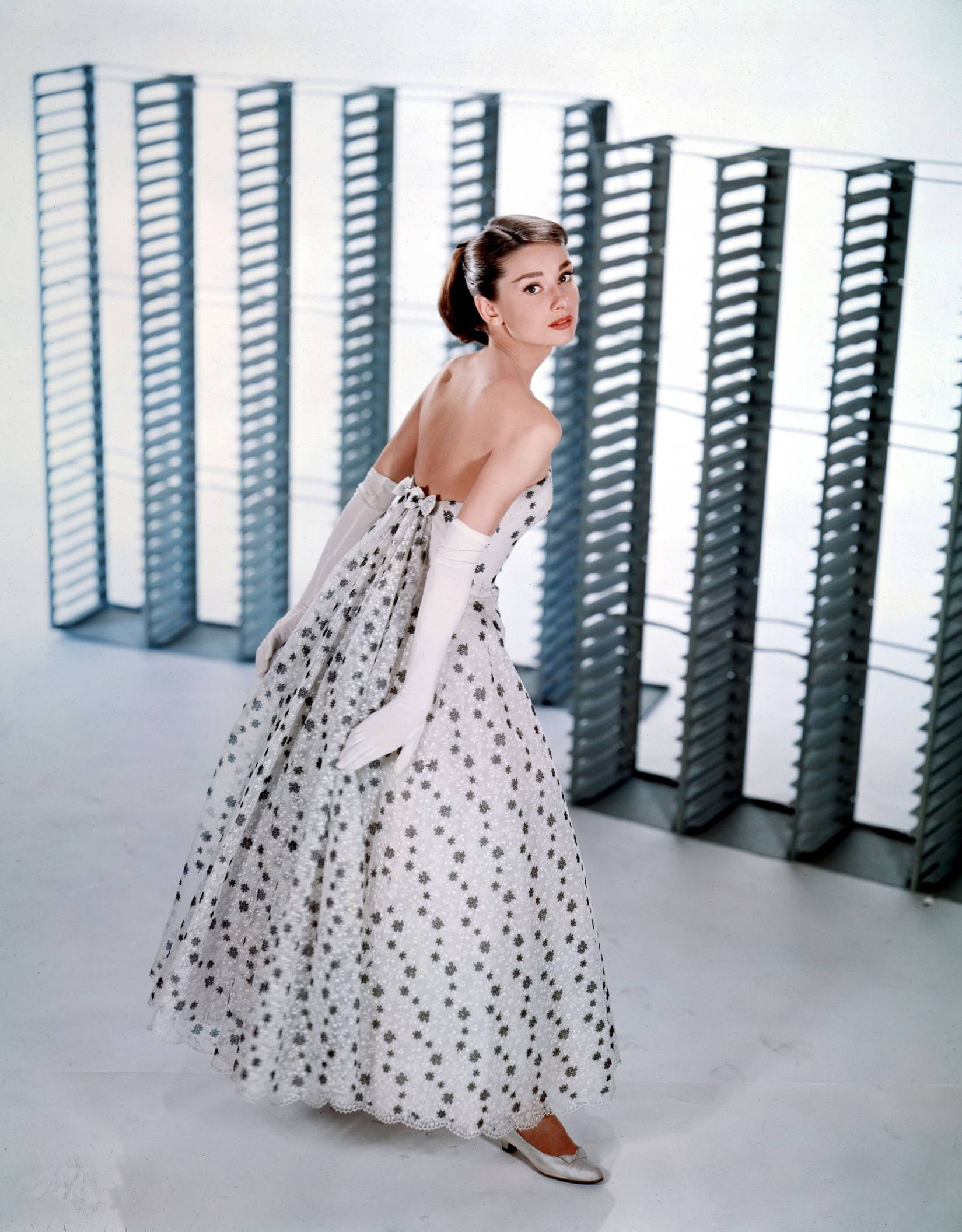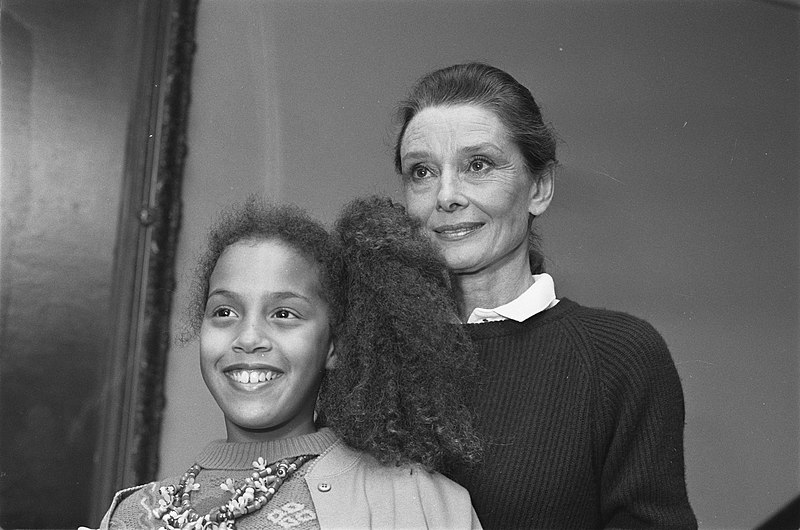To commemorate the anniversary of her passing this month, we look at lesser-known facts about Audrey Hepburn: her time as an anti-Nazi rebel and her post-Hollywood humanitarian work.
All of us are in thrall to Audrey Hepburn, our lasting image of her being the Hollywood movies she left behind. (Who could forget, for instance, the sweetness of Roman Holiday’s Princess Ann or the transformation of Sabrina’s Sabrina Fairchild?) And history seems to approve. For, beyond her beauty, there’s a revelation we should add to our collective worship: her heroism.
READ ALSO: Timeless Cinema: 5 Audrey Hepburn Films To Add To Your Watch List

Living through war
Audrey Hepburn was born to Joseph Victor Anthony Ruston and Dutch baroness Ella van Heemstra. (Her father, convinced one of his ancestors was James Hepburn, the 4th Earl of Bothwell who married Mary, Queen of Scots, later changed his surname to Hepburn-Ruston.) She went to school in England, which sparked her love for dance.
In time, World War II would start brewing. Though Hepburn’s mother (like her husband, who she separated from) supported the Nazis, she nevertheless preferred to live in the relative safety of the neutral Netherlands. And so they packed their bags and moved to the continent.
The Nazis, however, would encroach on their lives, and it was around this time that Hepburn’s mother turned against them. The Germans marched into the Netherlands and occupied it until 1945. They turned Arnhem, the city Hepburn lived in, into their headquarters. Further, they killed Hepburn’s cousin Alexander, Baron Schimmelpenninck van der Oye, and her uncle, Count van Limburg Stirum and lawyer Otto Ernst Gelder. (According to Matzen, Hepburn greatly mourned her uncle, unable to say his name after his execution). The Nazis also sent Hepburn’s half-brother Ian (a son of Ella van Heemstra’s husband before Ruston) into a labor camp. To evade the Nazis, Alexander, Hepburn’s other half-brother who was a member of the underground, lay low.
They later moved to Velp to reside with Baron van Heemstra, Hepburn’s grandfather. As a family, they withstood a lot under Nazi rule. They were deprived of medicines and became malnourished. That would cross over into outright starvation during the Allied invasion of Normandy. Their countrymen who operated the railroads, intending to sabotage the Nazis’ attempts to support their fighters at the battleground, refused to work. Unfortunately, this prevented the Dutch people from accessing food in what became known as the Hunger Winter. Hepburn, weakened by starvation during this time, stopped dancing. Still, she thought to give the little food she had to her relatives.
There was, apparently, a lot more going on than that. The 2019 book Dutch Girl: Audrey Hepburn and World War II by Robert Matzen divulged that Audrey Hepburn—despite the suffering she lived through and the danger should she be found out—along with her family actually collaborated with the Dutch underground to fight against their Nazi occupiers.
READ ALSO: The 10 Most “Loverly” Audrey Hepburn Movies

A secret rebel
Hepburn, Matzen says, joined the underground of her own accord. She worked under Dr. Hendrik Visser ‘t Hooft, who led the Dutch underground in the area and helped protect Jews. He assigned Hepburn to carry messages to people sheltering Jews during the occupation. In addition, Hepburn distributed the underground’s newspaper and danced in illegal shows called “black evenings.” These were so named after the blackened windows during the events, which prevented the Nazis from discovering the goings-on inside. The earnings of these shows would aid people who hid their countrymen from the Nazis, including Dutch Jews. Hepburn’s mother would also hold, at minimum, one such event at her family home.
Relates Hepburn in Time’s excerpt of the book, “I danced at recitals, designing the dances myself. I had a friend who played the piano and my mother made the costumes. They were very amateurish attempts, but nevertheless at the time, when there was very little entertainment, it amused people and gave them an opportunity to get together and spend a pleasant afternoon listening to music and seeing my humble attempts.”

Hepburn and her mother also helped nurse the wounded. Once, her family turned their house into a hiding place for a British soldier. When the Allies bombed the Nazis, some fighter pilots got stuck in the Netherlands, who the Dutch underground smuggled to safety. Hepburn brought them food and messages to help them avoid being taken prisoner, her advantage being that she was fluent in English, making communication easy.
In one case, she had to convey a message to a pilot sheltering in a nearby forest. The Nazis had forbidden non-military personnel to enter this area, on pain of death, because there was an air base close by. Her mission completed, Hepburn went on her way and saw Nazi officers coming toward her. Matzen emphasizes that Hepburn, with presence of mind, started picking flowers to cover up what she was actually doing. These flowers she showed to the officers when they got to her. After they saw her papers, they let her go. Hepburn, Matzen says, had been fifteen years old.
READ ALSO: Hubert De Givenchy and Audrey Hepburn: A Love Story

Ending on a high note
After captivating the world throughout her Hollywood career, Hepburn, prompted by her wartime experiences, went to work for UNICEF. During the war, you see, the United Nations Relief and Rehabilitation Administration had given people, Hepburn included, necessities such as food and clothing. That organization later became UNICEF.
During her five-year tenure as a UNICEF goodwill ambassador, Hepburn brought help to the world’s children, going around the globe on behalf of the organization. On her first mission, she flew to Ethiopia, which had been devastated by conflict, drought and famine. There, when she went to an orphanage, she saw for herself hundreds of children suffering from hunger and told UNICEF to deliver food.
Of the experience, she says (reproduced on the World Food Program USA website), “I…saw mothers and their children who had walked for ten days, even three weeks, looking for food, settling onto the desert floor into makeshift camps where they may die. Horrible. That image is too much for me. The ‘Third World’ is a term I don’t like very much, because we’re all one world. I want people to know that the largest part of humanity is suffering.”
She would take on other missions and many other undertakings for UNICEF. These included seeing an enterprise to vaccinate Turkish children from polio and efforts to get Hondurans and Guatemalans potable water. She also involved herself in fundraising concerts and the World Summit for Children. She would, in addition, further UNICEF’s goals through numerous interviews and talks.
In 1989, countries around the world approved the UN Convention on the Rights of the Child, an endeavor to uphold the rights of children everywhere. Hepburn gave a talk that enumerated adult responsibilities toward the young.
In 1992, she earned the most prestigious award the US can give to a civilian, the Presidential Medal of Freedom, which then-president George H. W. Bush handed to her. She still soldiered on despite being diagnosed with colon cancer, traveling to various countries, including the US, France, and Somalia.
She died a year later at the age of 63. After her death, the Academy of Motion Picture Arts and Sciences gave her the Jean Hersholt Humanitarian Award.
READ ALSO: Remembering Hedy Lamarr: The Golden Age Hollywood Actress and Inventor
Remembered mainly as an icon of beauty and grace, Audrey Hepburn will continue to dazzle us through the characters she embodied on the big screen. But while we celebrate her time as an actress, we should also salute the fact that she had, notwithstanding hardship, emerged as one of World War II’s heroes and capped that off by heroic work of another kind—the other legacy, it’s safe to say, she left behind.
Banner photo via Wikimedia Commons.





